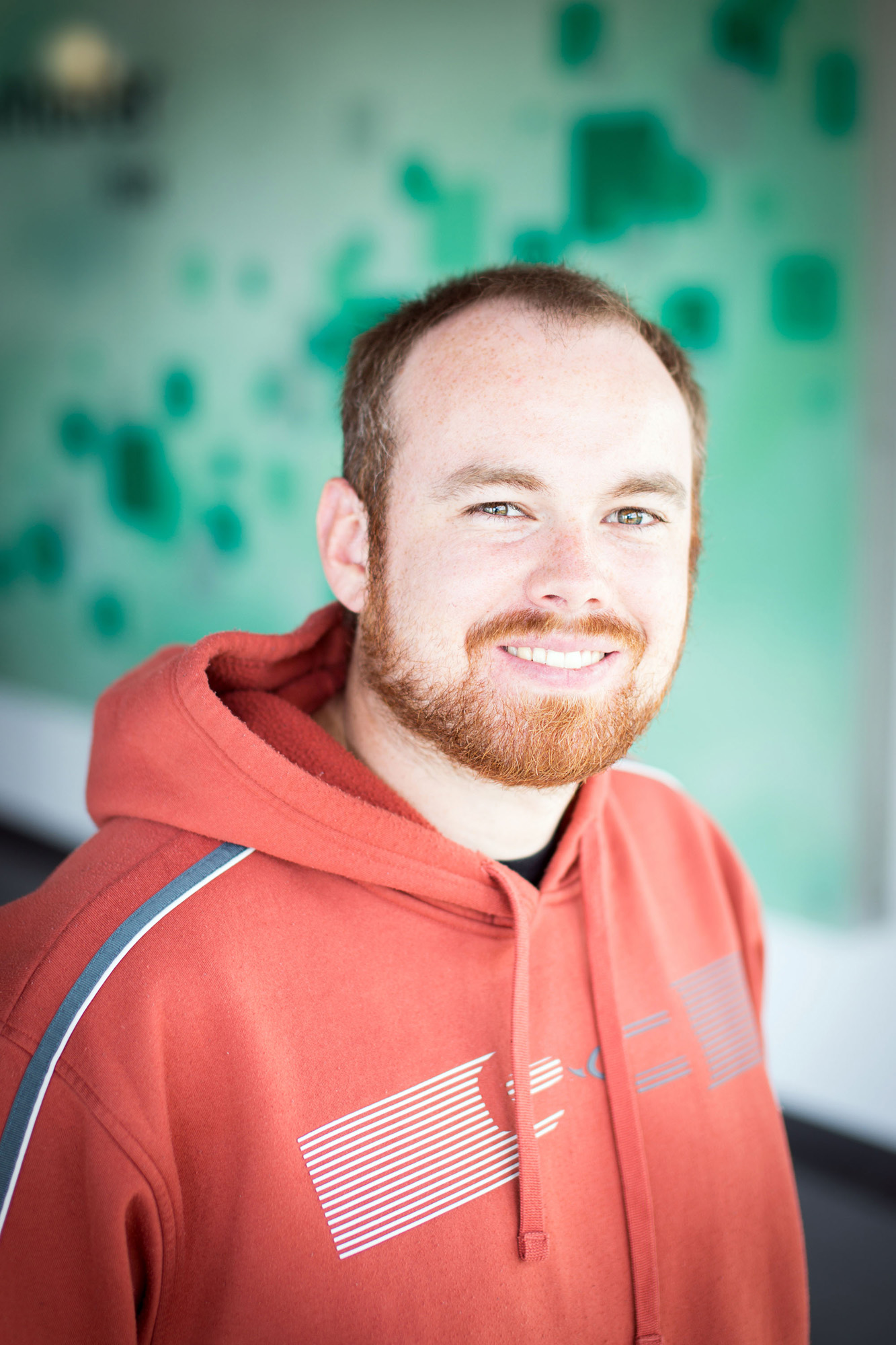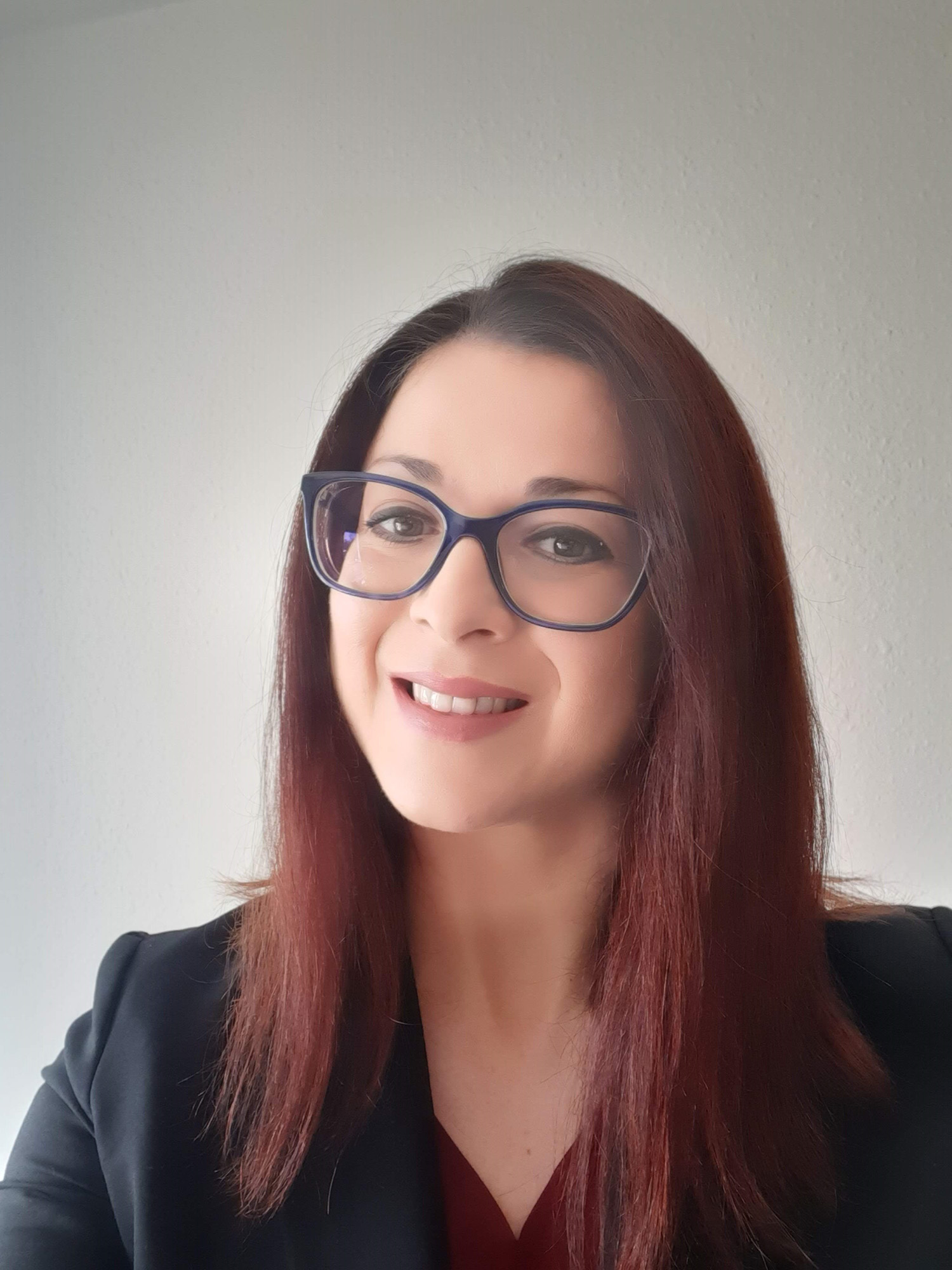In July, Dr. Sven Thomas, a member of the Bochum Research Group and the Chip Design Group of the Integrated Circuits and Sensor Systems Department, defended his doctoral thesis »System and antenna concepts for an FMCW radar system based on a 240 GHz SiGe transceiver MMIC«.
After completing his master’s degree in electrical engineering and information technology at Ruhr-Universität Bochum (RUB), Prof. Dr.-Ing. Nils Pohl brought him to Fraunhofer FHR in 2013, where Dr. Thomas worked on chip and system development with higher frequencies (keyword 240-GHz radar) in the newly founded Chip Design group. This resulted in his dissertation, supervised by Prof. Pohl, which deals with the development of a compact and precise FMCW radar sensor that achieves a modulation bandwidth of 52 GHz in the frequency range around 240 GHz. The basis of this system is a SiGe transceiver MMIC developed in cooperation between RUB and Fraunhofer FHR, fabricated in Infineon’s B11HFC SiGe BiCMOS technology.
By integrating any high-frequency components on the MMIC, including on-chip antennas, costly high-frequency PCBs can be eliminated. The result: a compact, cost-effective and robust design that can be used in confined spaces and harsh industrial environments. The wide FMCW modulation bandwidth enables high range resolution, ensuring high selectivity and image resolution even in complex measurement scenarios. »The core of my work relates to an unwanted effect of the sensor: The radar emits a 120 GHz signal at half the frequency in addition to the desired frequency at 240 GHz. This leads to false targets at half the range. To prevent this, I designed a frequency-filtering plate based on an interference filter that suppresses this half frequency. Then, this filter structure was integrated into the existing drop-shaped lens. Thus, I developed a frequency-filtering dielectric lens, for which a patent application has been filed,« explains Sven Thomas.

